"In Search of Ancient China: Records of Ba and Shu" Breaks the Circle and Sparks Ancient Shu Fever_Sichuan Online
The large-scale documentary series "Tracing China: Records of Ancient Shu" recently concluded. The 5-episode documentary deeply reveals how the ancient Shu civilization exchanged and integrated with the Yellow River and the middle and lower reaches of the Yangtze River civilizations through the latest archaeological discoveries of the mysterious ancient Shu kingdom. It vividly presents the glory of the ancient Shu civilization and its important contribution to Chinese civilization. On June 16, the reporter learned that since the documentary premiered on June 10, it has frequently topped the hot search list. Popular topics such as "The Shu people started drinking more than 4,000 years ago," "Ancient Shu people were popular for wearing ear piercings," "Ancient Shu people carried sedan chairs like this more than 3,000 years ago," "Giant tree roots decode the climate of Chengdu more than 3,000 years ago," and "What did the ancient Shu people look like 5,000 years ago" have frequently gone viral, sparking heated discussions among netizens and setting off an "Ancient Shu craze." Among them, the related topic initiated by Sichuan Daily on Sina Weibo has exceeded 1.6 million views, and the topic "Watching 'Tracing China' and Entering Ancient Shu Civilization" has topped the local hot search list, with more than 600,000 views and more than 300,000 views on Douyin.
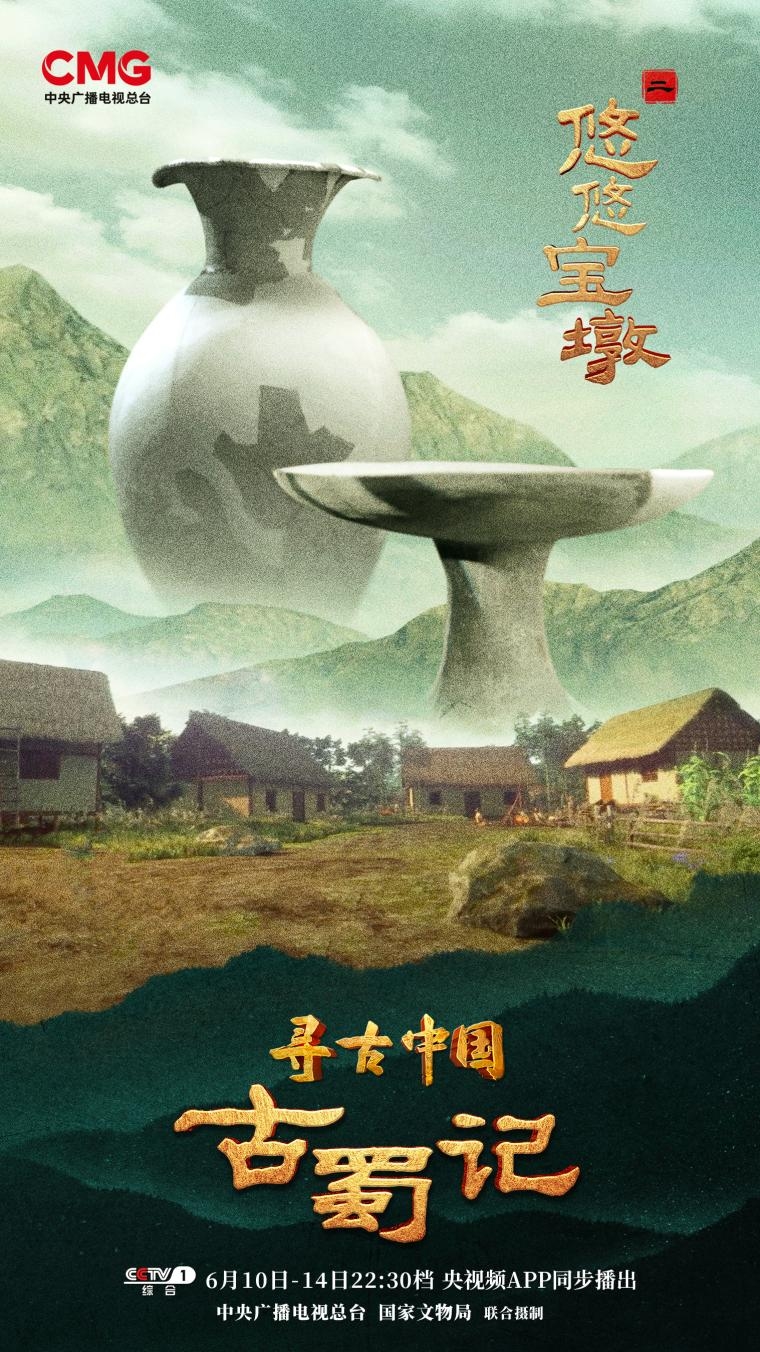
Tracing Back to History
Deciphering the Secrets of Ancient Shu
"Tracing China: Records of Ancient Shu" reproduces the development process of the Chinese multi-dimensional integration pattern with vivid narrative language, reveals the brilliant chapter of ancient Shu civilization with ingenious images, and writes a vivid footnote for "Why China." The exquisite production, profound culture, and unique perspective have sparked heated discussions in all sectors.
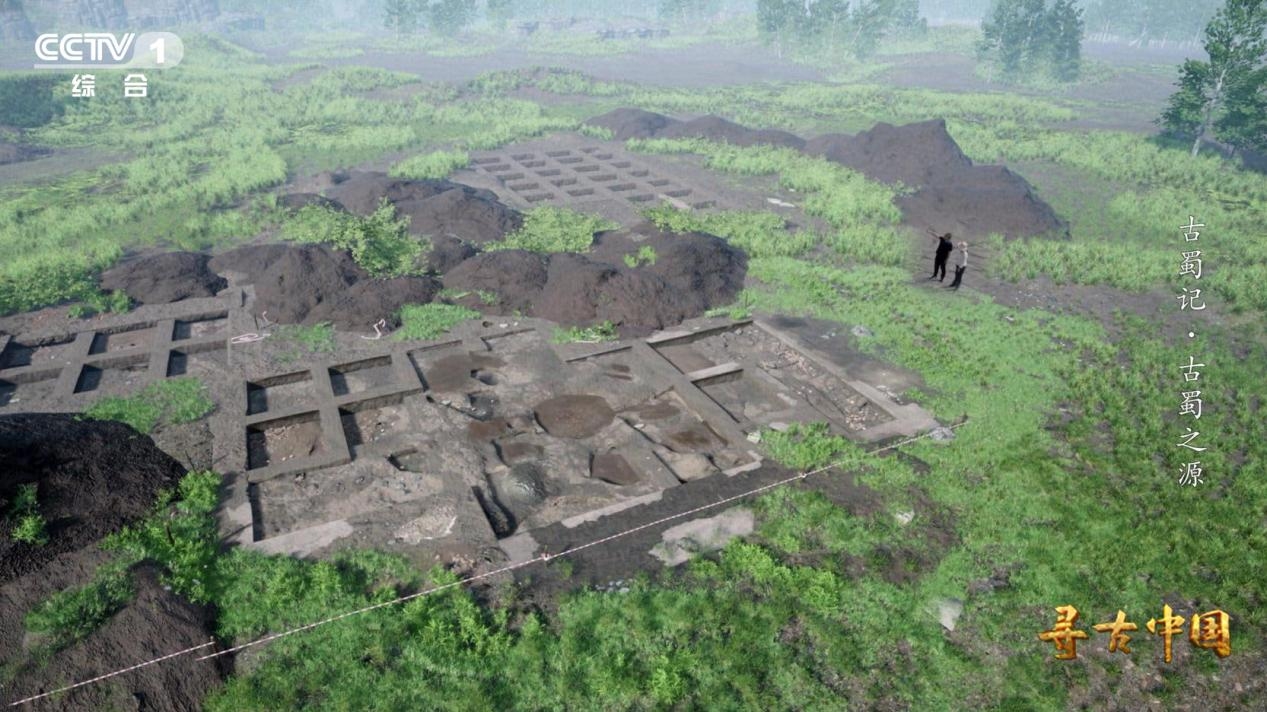
According to Wang Fang, Deputy Curator of the Chengdu Jinsha Site Museum, the documentary returns to the historical scene and explores the depths of civilization with five chapters. It uses easy-to-understand language to sort out and interpret, and shows the exchange and integration of civilizations.
For example, the Sun Bird pattern is a symbol of Chinese cultural heritage and can be seen everywhere in the streets and buildings of Chengdu, Sichuan. Where did this symbol come from? What moving legend is hidden behind it? In the fourth episode of "Tracing China: Records of Ancient Shu", "Brilliant Jinsha", which was broadcast on the evening of June 13, the program led the audience into the Chengdu Jinsha Site to answer questions for the audience and reproduce the life scenes of the ancient Shu people during the Jinsha period. At the same time, it also analyzed the connection between Sanxingdui and Jinsha.
Wang Fang noticed that when telling the story of Jinsha culture, the documentary used vivid and interesting topics to connect, such as the unearthed thousands of ancient ivory tusks. Where did these elephants come from? The unearthed cultural relics frequently "look alike." What is the connection between the Chengdu Jinsha Site and the Sanxingdui Site? These popular and interesting topics make the documentary both down-to-earth and full of hardcore knowledge.
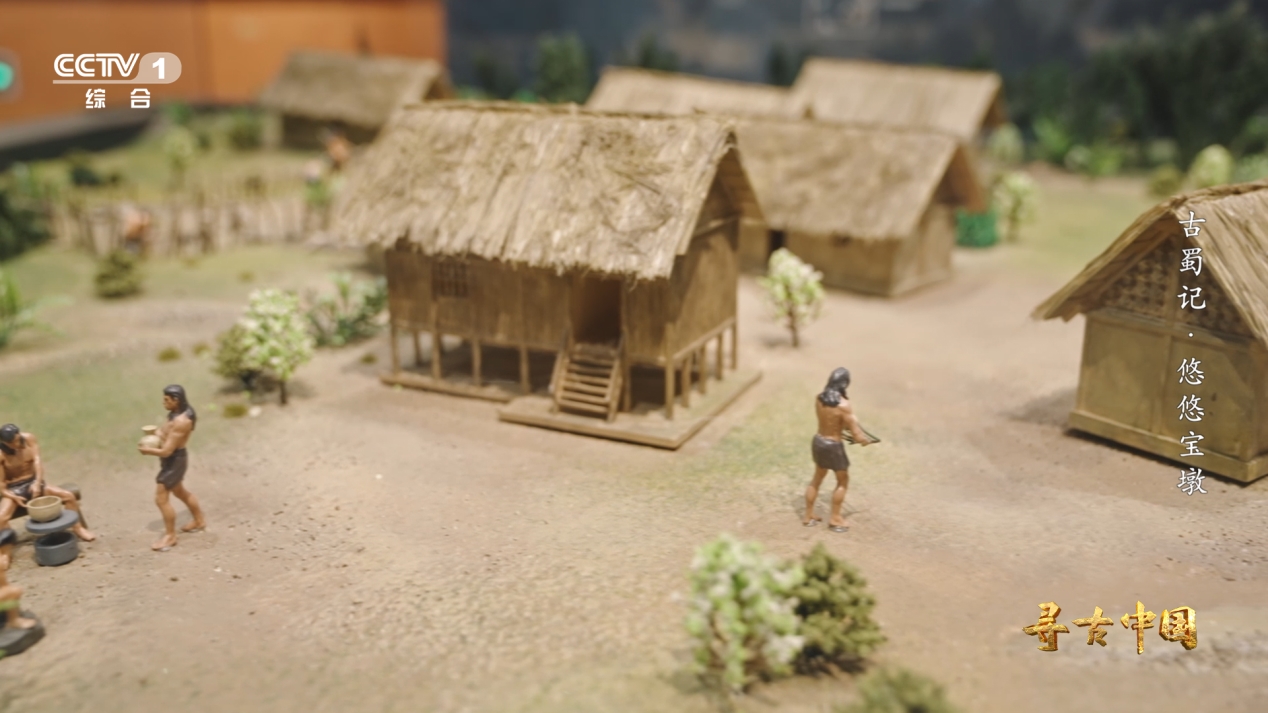
Wang Fang mentioned that after watching the five chapters of "Tracing China: Records of Ancient Shu", the audience can connect the scattered historical clues. These images can not only vividly and accurately reproduce the ancient Shu culture, but also allow the audience to enter the life and world outlook of the ancient Shu ancestors, encounter their romantic imagination of heaven and earth, and thus deeply perceive the spiritual connotation of the Chinese nation.
You Xiaolin, a representative of ancient Shu painting, believes that "Tracing China: Records of Ancient Shu" vividly interprets the historical process of migration, rooting, life, development, and evolution of the ancient Shu ancestors with a unique perspective, rich and detailed archaeological evidence, combined with historical documents, myths and legends, etc. "The documentary fully demonstrates that the ancient Shu civilization is an important part of the Chinese civilization's multi-dimensional integration." He believes that people can not only feel the brilliance of the ancient Shu civilization here, but also see the continuous meaning of "Why China."
The profound historicity also left a deep impression on Zhu Yarong, Deputy Curator of the Sanxingdui Museum. She believes that the documentary takes "tracing the roots, asking the source, and telling the story of Chinese civilization" as its main purpose, and unifies and interprets the multiple branches and trunks of Bashu culture, and uses real historical facts and material evidence to show the cohesion and richness of Chinese culture.
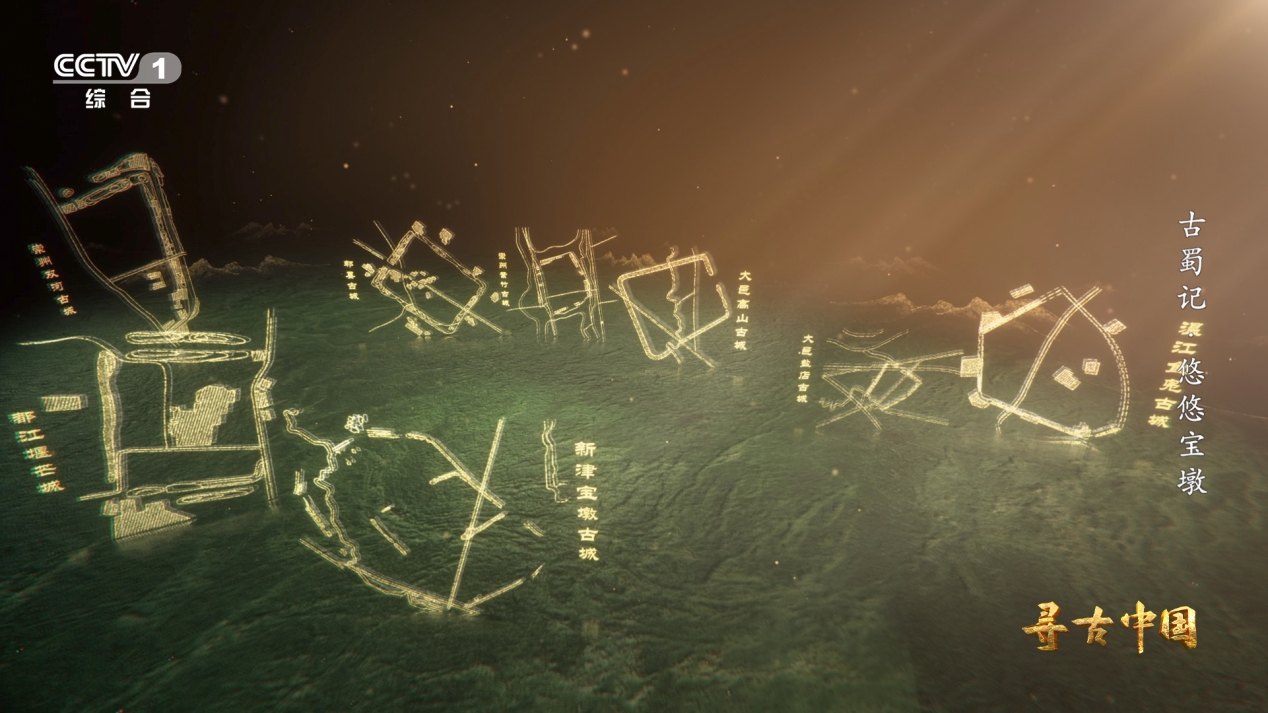
Technology Empowerment
Connecting Scattered Sites and Stringing Together the Development Context
"Tracing China: Records of Ancient Shu" also has a distinct "technological flavor." It takes "thought + art + technology" as its creative concept, uses "XR+" to expand reality technology, and restores a large number of ancient city sites with ultra-high quality, allowing the audience to "travel through" time and space to get a glimpse of the life style of the ancient Shu land thousands of years ago. The free-view shooting technology of the 6Dof algorithm allows many ancient Shu cultural relics to be displayed in a 360-degree surround for the first time, so that the audience can watch the details of the cultural relics in an all-round immersive way. For example, when telling the story of "Youyou Baodun", it used technological means to restore the scene of the Chengdu Plain suffering from floods at that time. This method not only filled the image with a sense of technology, but also allowed the audience to feel the life of the ancient Shu people in easy-to-understand concrete images.

This technological style impressed Tang Miao, Director of the Exhibition and Promotion Department of the Chengdu Institute of Cultural Relics and Archeology and Director of the Baodun Site Archeological Workstation. Because of his work, he has been paying attention to technology related to archeology. The documentary shows the help of science and technology for archaeological work. For example, stalactites can deposit information such as external precipitation and temperature in the documentary. Researchers use scientific methods to extract the information and reconstruct the information of the external climate environment in the past 650,000 years. Experts from the Center for Archaeological Science, Sichuan University analyzed the carbon isotope values in the teeth of the ancient Shu people and inferred that carbon-4 (C4) plants played a more important role in the lives of the ancient Shu ancestors.
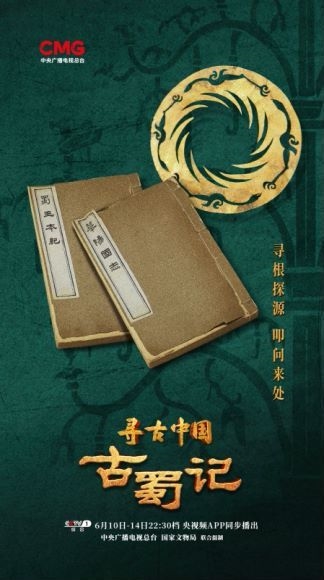
"Technology empowers archaeological research" is not an isolated case. Zhu Yarong mentioned that the documentary uses new technologies to leave valuable image data of cultural relics in a three-dimensional "magnifying glass" manner, and also shows the technological side of cultural relic research. For example, the documentary scans the internal structure of the bronze altar through X-ray flaw detectors, and learns that it uses a separate casting method to cast each component separately, and then cast them into one body through copper liquid casting, revealing the secrets of the ancient Shu ancestors' bronze casting technology.
Hu Beibei, a staff member of the Sichuan Provincial Library and a history enthusiast, has been paying attention to the documentary. She found that compared with previous historical and cultural documentaries, "Tracing China: Records of Ancient Shu" has distinct characteristics. When telling the magnificent historical process, it does not record in a straightforward manner, but through the application of audiovisual techniques such as virtual and real combination and time-sequence transformation, it allows the audience to follow the camera into Sichuan and trace the history in the landscape. In order to highlight professionalism, the documentary also interviewed many experts and scholars from professional institutions and universities such as the Chinese Academy of Social Sciences, reproducing the continuous efforts of generations of archaeologists in the flow of years, wading through mountains and rivers, and salvaging the ancient Shu Fenghua in the depths of history. Between the mountains and rivers, the ancient Shu ancestors walked out of history and reunited with modern people in front of the screen. The scattered ancient sites and cultural relics are connected in series to restore the social appearance of the ancient Shu civilization, allowing the audience to experience its fantastic beauty.
What surprised You Xiaolin was that a batch of new discoveries were presented in the documentary. "Because of my interest, I have studied ancient Shu civilization for more than 20 years, and I am relatively familiar with its development process, but this time, some of the latest archaeological conclusions were published for the first time, which enriched my understanding of ancient Shu civilization. In particular, the conclusion that Chinese civilization is a diverse and integrated whole has further stimulated my original motivation for creating ancient Shu civilization painting themes," said You Xiaolin.
Zhu Yarong also drew motivation from the documentary. She mentioned that the third episode of "Tracing China: Records of Ancient Shu", "Sanxingdui's Dazzling Light", allows the audience to appreciate the unique charm of Sanxingdui culture through newly unveiled cultural relics and new research results. This has strengthened their confidence and determination to protect and inherit Sanxingdui culture.
Source: https://sichuan.scol.com.cn/ggxw/202306/58915499.html
